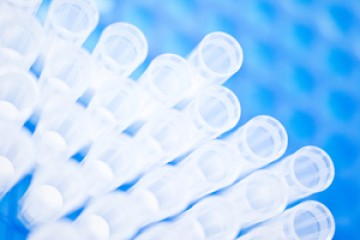PhD Studentship
Refinement of soft tissue targeting and alignment protocols is small animal radiotherapy using an injectable fiducial marker

At a glance
Completed
Award date
October 2018 - September 2021
Grant amount
£90,000
Principal investigator
Dr Karl Butterworth
Co-investigator(s)
Institute
Queen's University Belfast
R
- Reduction
- Refinement
Read the abstract
View the grant profile on GtR
